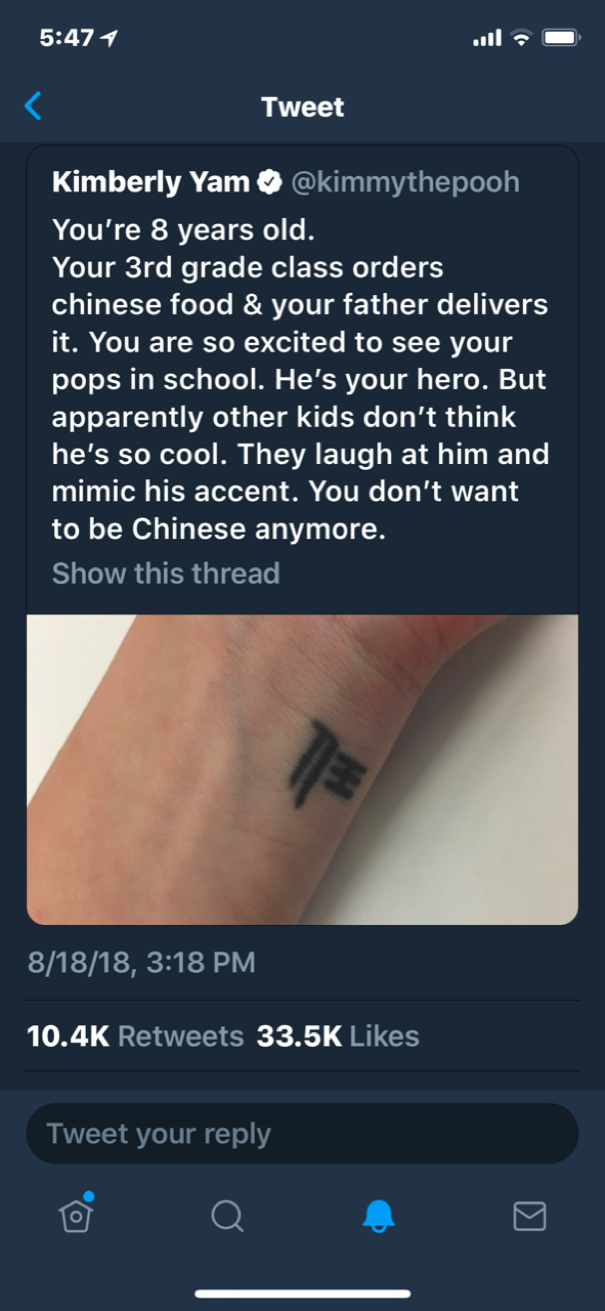How did you get to be you? 3 Aspects Shared by Women Leaders
Stop.
Before you read further, take one minute to answer this for yourself.
How did you get to be you?
That’s the first question I ask guests on Take The Lead’s Virtual Happy Hours. It’s eternally interesting to hear women’s stories. Each is unique. But a common thread runs through the answers given by the amazing, accomplished role models I’m privileged to interview each month.
From Carla Harris and Gloria Steinem to the most recent Virtual Happy Hour on entrepreneurship featuring Brava Investments founder Nathalie Molina Niño and Chairman and CEO of Pinnacle GroupNina Vaca, each woman’s story is different yet similar.
In each case, the answer is some version of acknowledging the women who came before them. Their families, especially mothers, and others who have taught them, set examples for them, paved the way for them. Sometimes it’s people they worked for or with. Sometimes, it’s a person in history or pop culture.
Yes, sometimes, like Gloria Steinem and myself, a father or some other male role model encouraged them. But not a single person in the last three years that I have been doing these webcasts has said she did it alone.
With Women’s Equality Day coming up on August 26, I have been thinking about not only how far women have come since U.S. women won their 72-year long struggle to write women’s right to vote into the Constitution — but of course also how far we have yet to go to reach true gender power sharing and leadership parity. And based on the conversations I have had with these accomplished women, as well as my own life experience, I have gleaned these three aspects of their success that can be helpful to all of us as we chart our life journeys.
1. To turn around an oft-quoted phrase, we tend to become what we can see. Our identities are formed by the people around us. As Jenny Han, author of “To All the Boys I’ve Loved Before,” wrote in the New York Times:
Constance Wu, Awkwafina, Gemma Chan of “Crazy Rich Asians,” Kelly Marie Tran of “Star Wars” — I hope they all end up on someone’s bulletin board. Because when you see someone who looks like you, it reveals what is possible. It’s not just maybe I could be an actress. It’s maybe I could be an astronaut, a fighter, a president. A writer. This is why it matters who is visible. It matters a lot. And for the girls of 2018, I want more. I want the whole world.
Positive role models inspire us. They help us develop pride and positive self- images. They show us what is possible and therefore what we are capable of doing. They can also allow us to see our faults, and make us aware of what we need to learn in order to reach our goals.
With all the millions of dollars being spent to entice more girls to enter STEM fields, the number one aspect that makes a difference is whether the girls have seen women in their communities and especially their mothers working in those fields.

Gloria Steinem often talks about how the late Congresswoman Bella Abzug, whose legislative initiative codified Women’s Equality Day each August 26, encouraged her and even served as a surrogate mother at times.
2. The women I’ve interviewed not only appreciated their role models, they consciously and intentionally serve as role models and support systems for others. They pay it forward.
I often share my story of my first boss Mildred Chaffin, director of the Head Start program where I taught. She not only tapped me to take on roles I would never have had the vision to ask for, but also — unasked — wrote a recommendation for me literally on her deathbed.
And because that was the only fulltime professional job I had ever held, her one powerful recommendation was essential to securing my first executive director position, that in turn led me to four decades as a CEO. It’s a role for which it turns out I am well suited, but I would never have known it if that one person in a similar position hadn’t seen leadership qualities in me that I couldn’t see in myself because I had never seen it in my family and only rarely in the culture at large. Her example motivates me to write endorsements for people who request them from me, and yes, sometimes without being asked.
We can also learn much from experiences others have had dealing with adversity.
These tweets by Ava Duvernay and Kimberly Yam speak for themselves about that and about the importance of standing up for one another, itself a form of role modeling exemplary behavior:


3. Gratitude is the third aspect every one of the women I have interviewed so far exhibits in telling her story of how she got to be who she is. Molina Nino and Vaca for example each began their respective answers to the question by praising and expressing their gratitude to the other.
Vaca said something like “Nobody gets where they are alone.” It’s so true, but realizing that and being grateful for it is a key aspect of a great leader.
My interviewees often use phrases like “I owe it all to…” and “I am so grateful for…” And they are especially grateful to people who helped them despite facing challenges.
By the way, if you aren’t already signed up to get Take The Lead’s award winning newsletter, “Take The Lead This Week,” sign up for it here and you’ll always be first to know who my upcoming Virtual Happy Hour guests will be.
Just as I will be eternally grateful to Mildred for writing that recommendation in spite of her illness, many women describe mothers who worked several jobs to enable them to get the education necessary for their careers, or of an aunt or grandmother who stepped in to provide the role model when their mother was absent for some reason.
So, tell me: How did you get to be you? Think about it and leave me a message to let me know.
GLORIA FELDTis the New York Times bestselling author of several books including No Excuses: 9 Ways Women Can Change How We Think About Power, a sought-after speaker and frequent contributor to major news outlets, and the Co-Founder and President of Take The Lead. People has called her “the voice of experience,” and among the many honors she has been given, Vanity Fair called her one of America’s “Top 200 Women Legends, Leaders, and Trailblazers,” and Glamour chose her as a “Woman of the Year.” As co-founder and president of Take The Lead, a leading women’s leadership nonprofit, her mission is to achieve gender parity by 2025 through innovative training programs, workshops, a groundbreaking 50 Women Can Change The World immersive, online courses, a free weekly newsletter, and events including a monthly Virtual Happy Hour program and a Take The Lead Day symposium that reached over 400,000 women globally in 2017.
